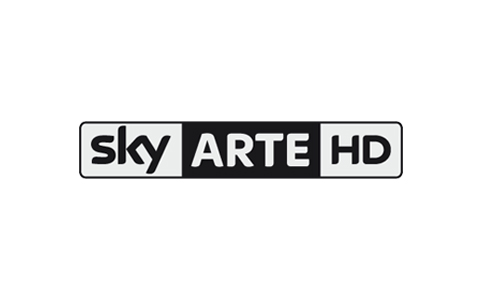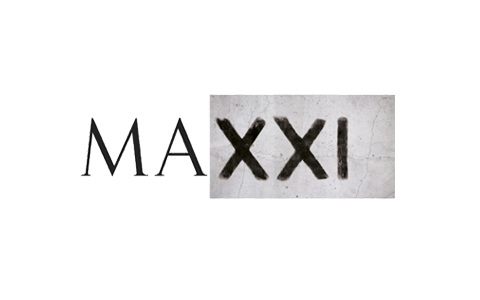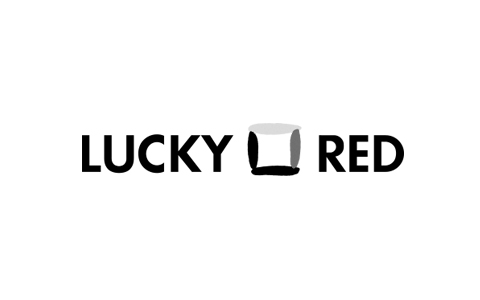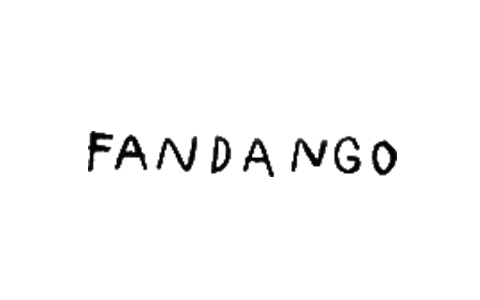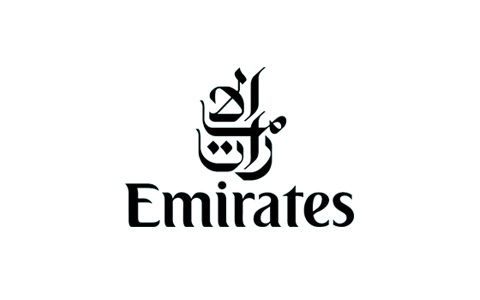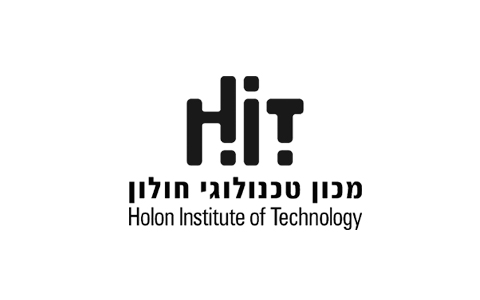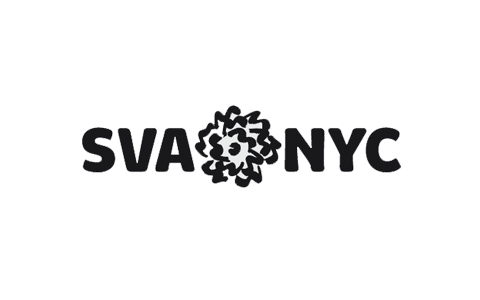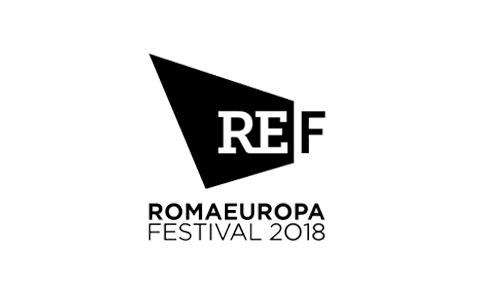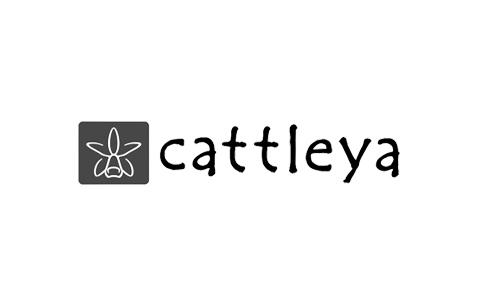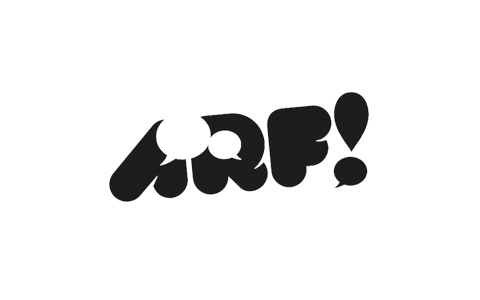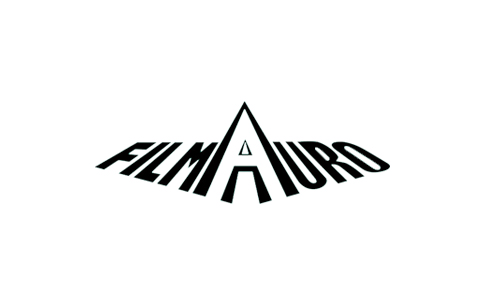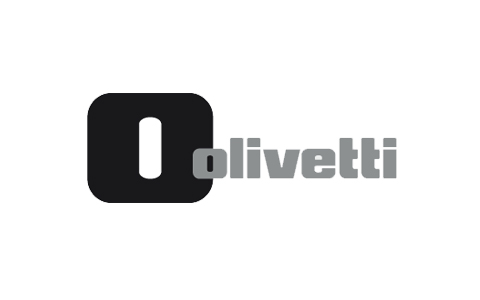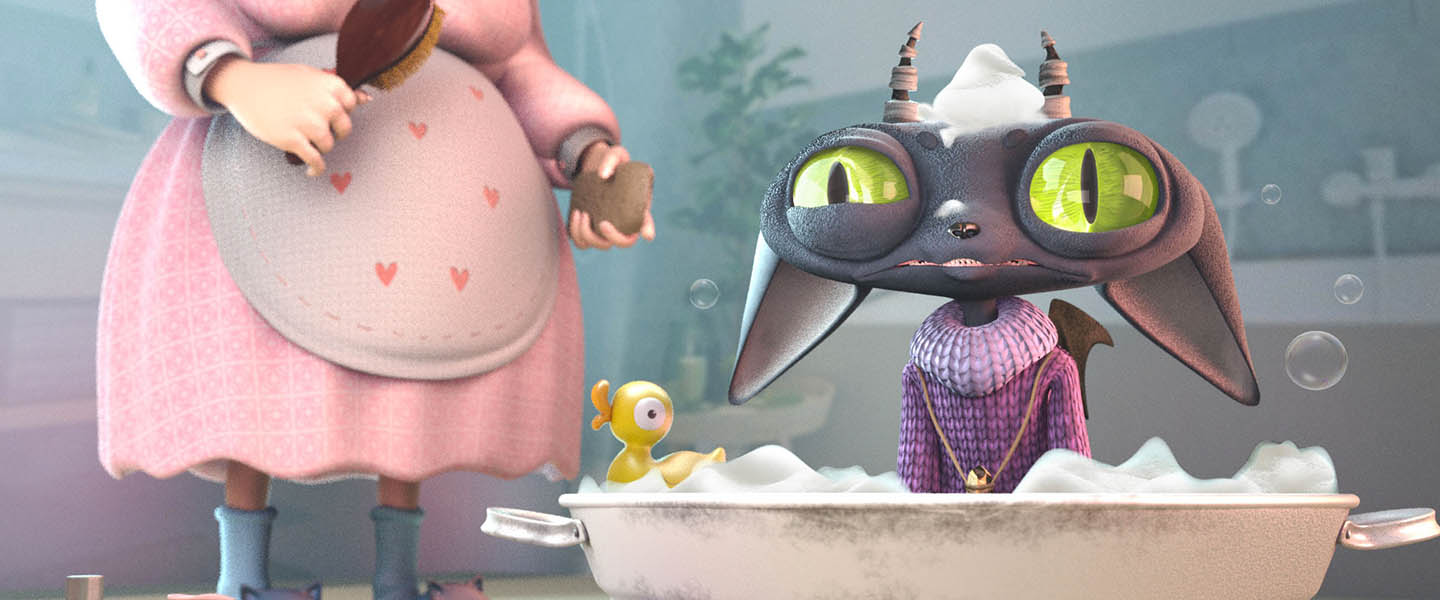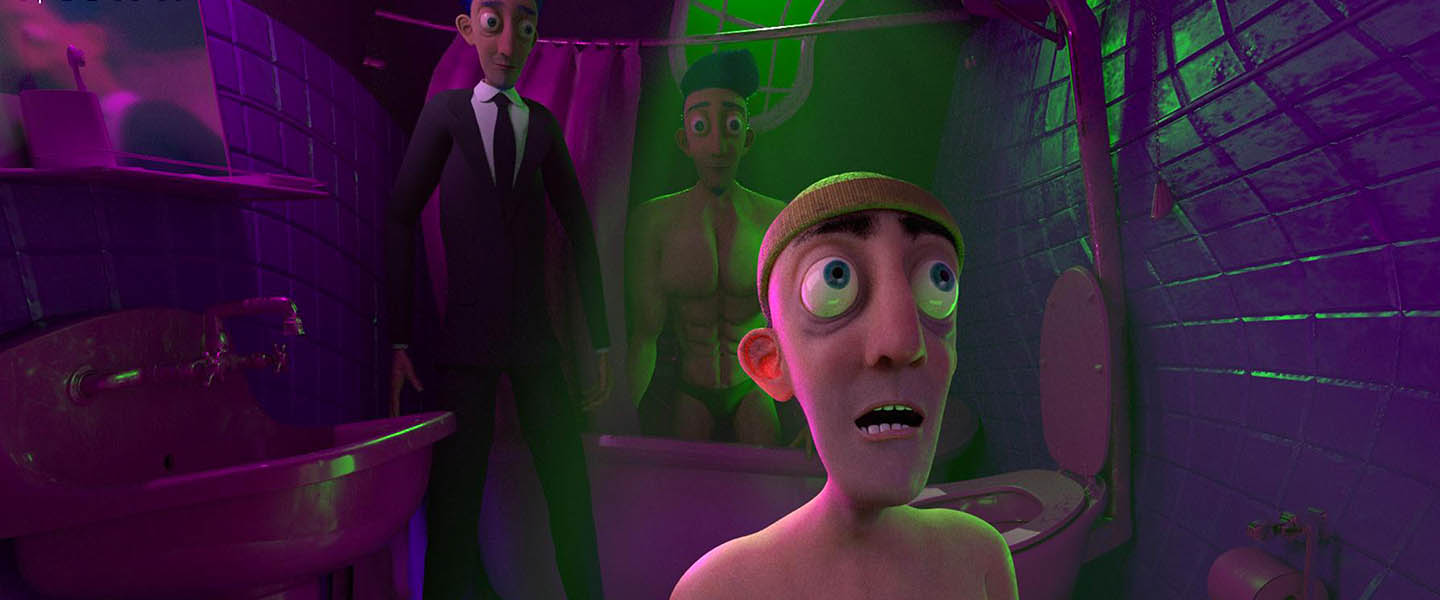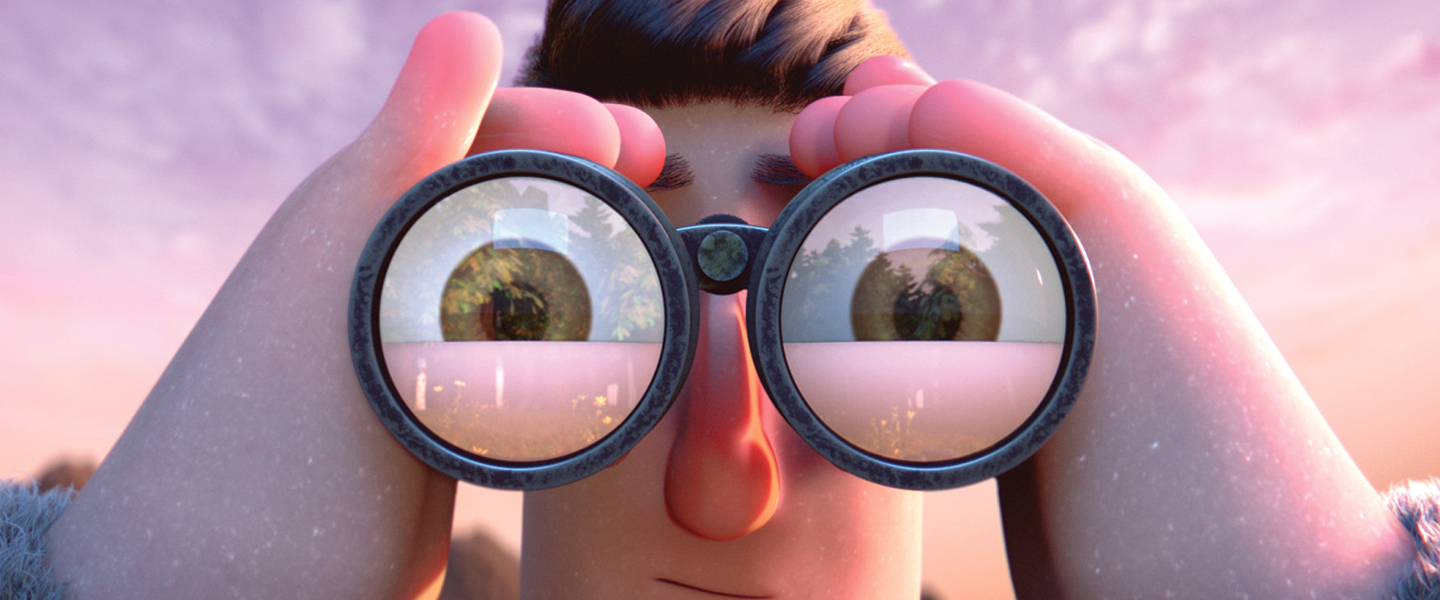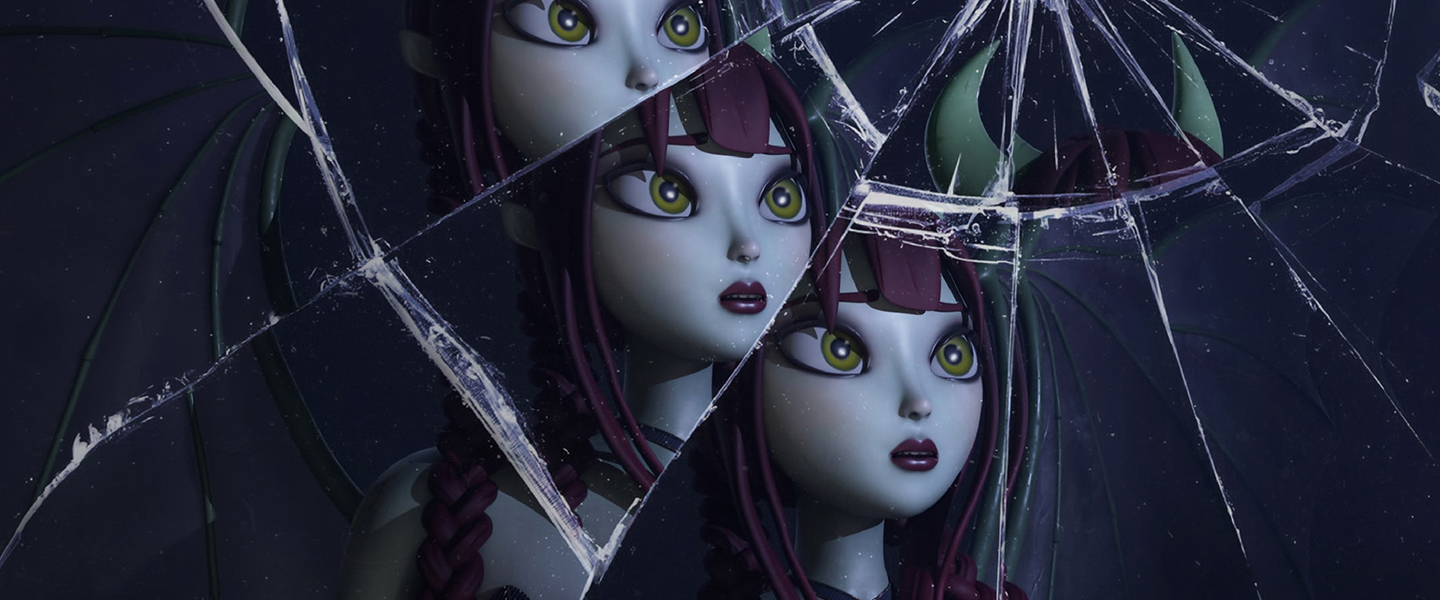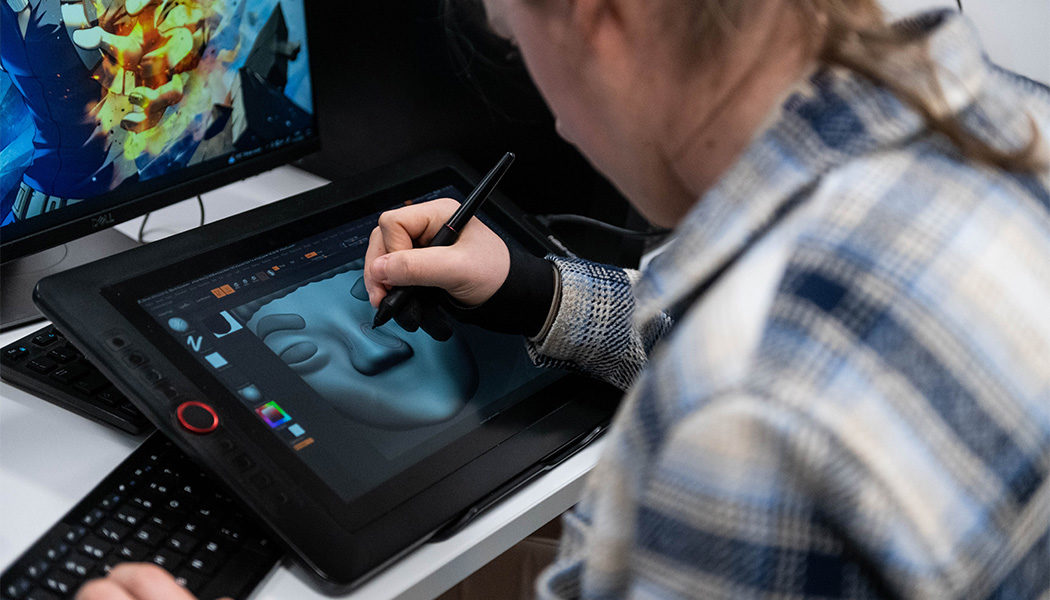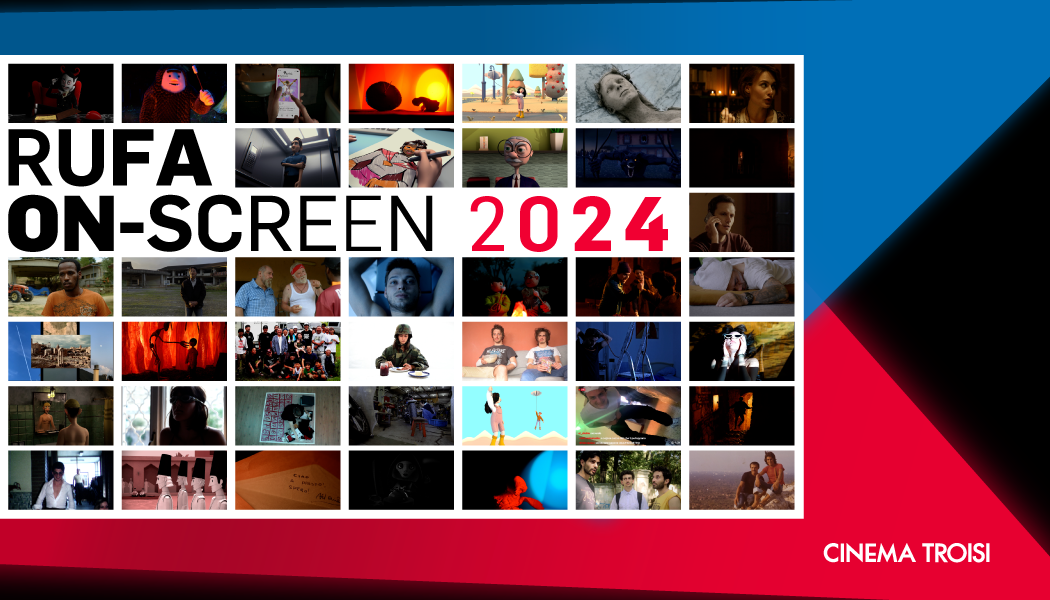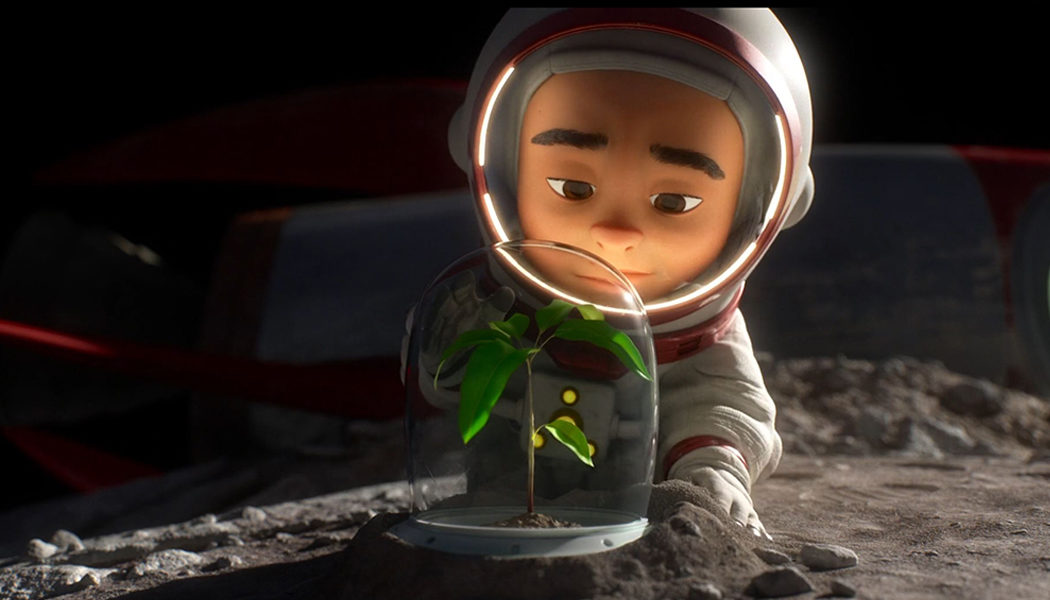TAUGHT IN ITALIAN ❯
Make the impossible possible.
You will be capable of establish yourself as a computer animation and Visual effects designer in films, television, audio effects and web productions. You will master digital techniques and optimize your manual skills, cultural awareness and creative abilities.
Qualification:
Second Level Academic Diploma, equivalent to a Master’s degree
Duration:
2 years, full time
Language:
Italian
Credits:
120 ECT
Location of attendance:
Rome
Requirements:
Italian students
Bachelor’s degree or equivalent certification
Portfolio
International students
Bachelor’s degree valid for the Italian Education System
Portfolio
Course language B2 certificate
Upon admission non-UE students have to fulfill the procedure to obtain a Student VISA
Masterclasses:
6 masterclasses per year for 6 weeks, under the guidance of international artists.
Field:
Film animation & VFX
Main subjects:
Character design, 3D animation, Motion design, Direction, Special effects, Traditional animation
Future careers:
3D Modeller, Texture artist, Lighting Technician, Animator, TD rigger, Compositor, Filmmaker, Storyboard artist, Concept artist, Cartoonist.
Creativity and technology to create computer animation and Visual effects.
The MA in Computer Animation and Visual Effects at RUFA is an art specialization course designed to train designers in digital animation and visual effects for film, television, audiovisual productions and web to blend digital technology, manual reproduction, cultural know-how and creative skills.
Computer animation and Visual effects are part of the creative and practical resources often used in the creation of movement, action and narration.
In the field of computer animation there is a world of professional opportunities.
In the world of audiovisual production, the demand for digital animation and visual effects professionals is very high. The available technical resources to create visual effects and animation are in continuous and constant development, and the digitally enhanced image is an essential creative ingredient.
For this reason, designers that knows how to create visual effects and digital animation have a successful professional career ahead of them in 3D animation and motion graphics, in filmmaking, television, video games and advertising.
Learn and design, manage and create an animated product.
The MA in Computer Animation and visual Effects focuses on teaching how to produce animation. Young designers must use their theoretical knowledge to develop content (conceptual study and psychological analysis, history of cinema, analysis and writing for film, deep understanding of the process of animation, historical and cultural references) and their hands-on technical abilities to design and create their own animated products (storyboarding, creating animated sequencing, 2D compositing and 3D software utilization).
The course also includes learning how to manage and produce an entire creative project (design, content, script, production plan, teamwork and deadline management).
Studying and producing to prepare for the future.
The MA in Computer Animation and Visual Effects produces concrete results: the digital clips and the original productions created by students are sent to festivals and entered into competitions. They will also be included in the student’s digital portfolio, which they will present to future employers.
In order to prepare students so that they are best able to create and produce their own material, the course offers a rich collection of seminars, workshops, professional encounters, internships and experimentation opportunities with partner companies in the industry.
The MA in Computer Animation and Visual Effects at RUFA is part of the Department of Design and Applied Arts/ New Technology for the Arts, the section of RUFA academic studies that provides a high-level of specialization and technical preparation, setting high standards of academic and design learning each year. By graduating in Computer Animation and Visual effects you will be able to become a: 3D Modeler, Texture artist, Lighting Technician, Animator, rigging TD, Compositor, Computer animation director, Storyboard artist, Concept artist, Cartoonist.
The Academic Master of Arts is equivalent to a University Master Degree.
*The course is available only in Italian. All lessons include mandatory attendance at RUFA’s locations in Rome.
Coordinator: Pietro Ciccotti
Tutor: Filippo Foglietti
Lecturers: Mario Bellina, Pietro Ciccotti, Sergio D’Innocenzo, Valerio Di Nitto, Gabriele Filippelli, Filippo Foglietti, Roberto Pompili, Irene Rinaldi, Federico Landini, Sergio Riccardi, Dafne Sartori, Giorgio Tiranti, Veronica D’Auria, Noemi Sartori.
Brochure DownloadPROGRAMME REGULATIONS
ASK MORE INFO ABOUT THE COURSE
Discover our Masterclasses
SEE THE PROJECTS OF THE COMPUTER ANIMATION AND VISUAL EFFECTS STUDENTS
MA IN COMPUTER ANIMATION
Suggested study plan – Mandatory attendance at RUFA locations in Rome.
| YEAR | SUBJECT | ECTS | HOURS |
|---|---|---|---|
| I YEAR |
Animation 1
Module 1, 2D animation: the story of movement. The twelve rules: squash & stretch, anticipation, staging, straight ahead & pose to pose, follow through & overlapping, slow in & slow out, strings, secondary action, timing, exageration, solid drawing, appeal. Traditional and digital animation through the use of Toon boom software. Module 2: first approach to 3D animation on maya focus on interface and specific tools. Analysis of a Rig and its correct use. Practical exercises of verification.
| 10 | 125 |
|
Compositing tools
Study of the main 2D and 3D compositing tools. Acquisition of knowledge, through NUKE software, of some of the basic tools such as advanced cleanup, color correction, 3D pass compositing, fundamental to combine different visual elements from different sources and create the illusion of verisimilitude, cleaning, improving and editing videos already shot.
| 6 | 75 | |
|
3D tools 1
First approach to 3D design software: study of the MAYA interface and basic tools. The realization of a 3D environment through non-organic polygonal modeling, through the study of UV, texturing, shading and lighting. The modeling of an organic figure, addressing the basics of the Rig, in order to elaborate a bone structure and move and pose the character.
| 6 | 75 | |
|
Animation drawing
The development of a character: character design. From the preliminary phase with the research and concept elaboration to the executive phase with the turn around, face expression, pose/attitudes and shape construction, to the study of movement. Creation of a storyboard and a videoboard of a short subject.
| 6 | 75 | |
|
Direction
Direction and artistic direction as an ideative and design glue so that the skills acquired during the course of study are transformed into finished works, providing students with an authoritative approach and a portfolio of works.
| 6 | 75 | |
|
Media and visual culture
The evolution of visual culture in terms of style, content and message with a focus on the influence of the media world in the process of image over speech. The fundamental contribution of technology: technical analysis of the media, in their characteristics and in their use, for the understanding of contemporary imagery.
| 6 | 45 | |
|
History of animated video and film
From pre-cinema to the latest digital animation techniques: analysis of authors, techniques and products for the understanding of contemporary animation in the light of the proliferation of new media and the evolution of the audiovisual market in an interactive key. The evolution of animation from its origin to today enriched by a theoretical-practical reflection on the fundamental elements of dramaturgy applied to the animated product.
| 6 | 75 | |
|
Cinematography
Study and development of technical and artistic skills in order to make quick, prepared and creative choices in the process of film narration. The study of cinematographic photography with the aim of acquiring shooting and lighting techniques, to create appropriate atmospheres based on pre-production, production, post-production scenes.
| 6 | 75 | |
| Elective educational activities | 6 | / | |
| Language skills - Internships - Workshops | 2 | / | |
| II YEAR |
3D tools 2
In-depth knowledge of Maya 3D design software: creation of teams to realize a real CG production. Based on the propensities and skills developed, we will develop a modeling department, one for rigging, texturing and shading, animation, lighting and rendering up to the finalization of the product with the final compositing.
| 6 | 75 |
|
Character animation
The animation of characters in 3D aimed at telling a story: deepening the principles of animation, the mastery of time, the expressiveness of body and face and knowledge of audiovisual language. Particular attention to the planning of the scene, the study of body mechanics, the analysis of the dialogue, the choice of golden poses, up to the finishing phase of the animation.
| 8 | 100 | |
|
Animation 2
Interdisciplinary integration aimed at the realization of the animated short film for the thesis, a moment of palpable representation of the acquired expertise: from the writing, characterization of the characters, development of the graphic part and the storyboard, to the production and post-production phase.
| 10 | 125 | |
|
Special effects
Deepening of the compositing skills acquired during the first year, through a more in-depth use of Nuke software, put in an increasingly close relationship with the 3d elaborations. The development of the look will be addressed through compositing and complex shots of integration between live shot elements and computer graphics.
| 8 | 100 | |
|
Motion graphics
Study of motion graphics language as a communication tool for complex concepts. Analysis and use of after effects software for the creation of visual effects. Focus on case histories to be used as inspiration and reference. Acquisition of different techniques, from video editing to graphic layout, from 2D/3D animation to sound design, aimed at practical exercises.
| 6 | 75 | |
|
Sound design
The basics of physics to understand sound as an acoustic phenomenon and first approach to audio editing software. Study of recording, editing and mixing techniques, and analysis of the instruments most commonly used by sound designers (Eq, Compressors), through practical exercises.
| 6 | 75 | |
| Language skills - Internships - Workshops | 6 | / | |
| Thesis | 10 | / | |
| Total credits | 120 |
CREDITS
Foto slider: Giulia Brighenti, Rebecca Maslowski – Francesco Catena – Elena Giulietti, Luigi Bosso – Andrea Robibaro – Siria Cotugno – Cassandra Toti, Maria Francesca Talladira.
Partner
